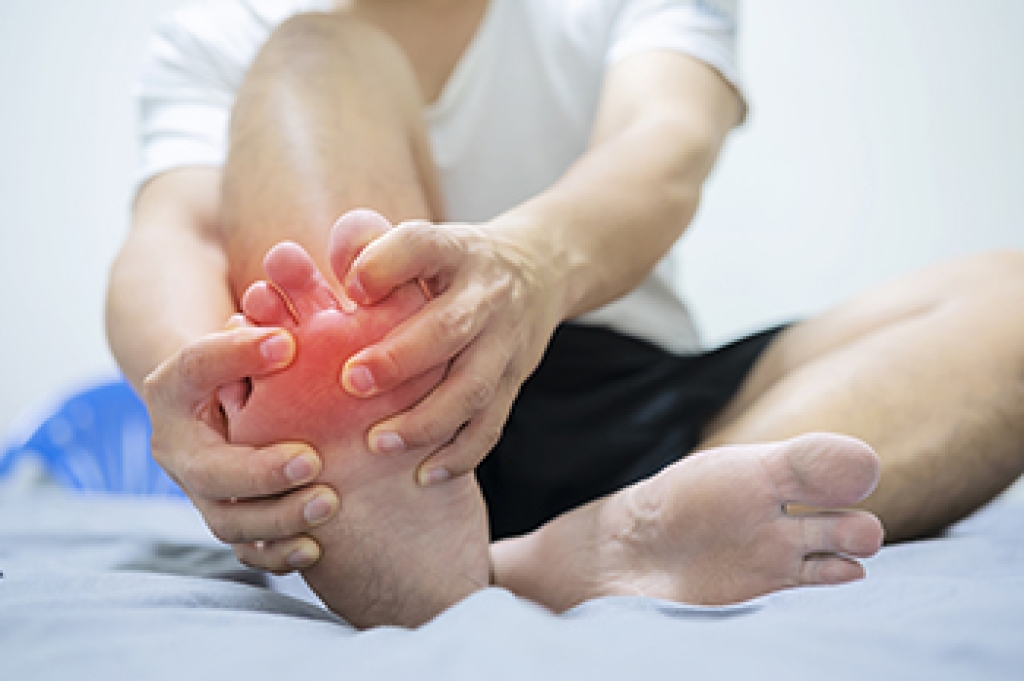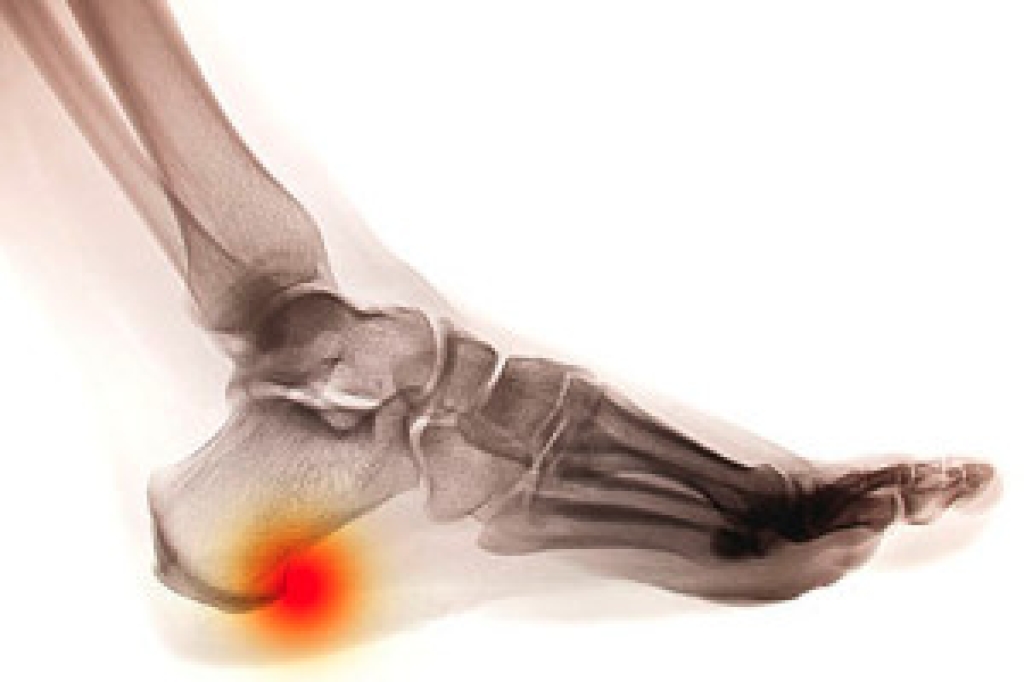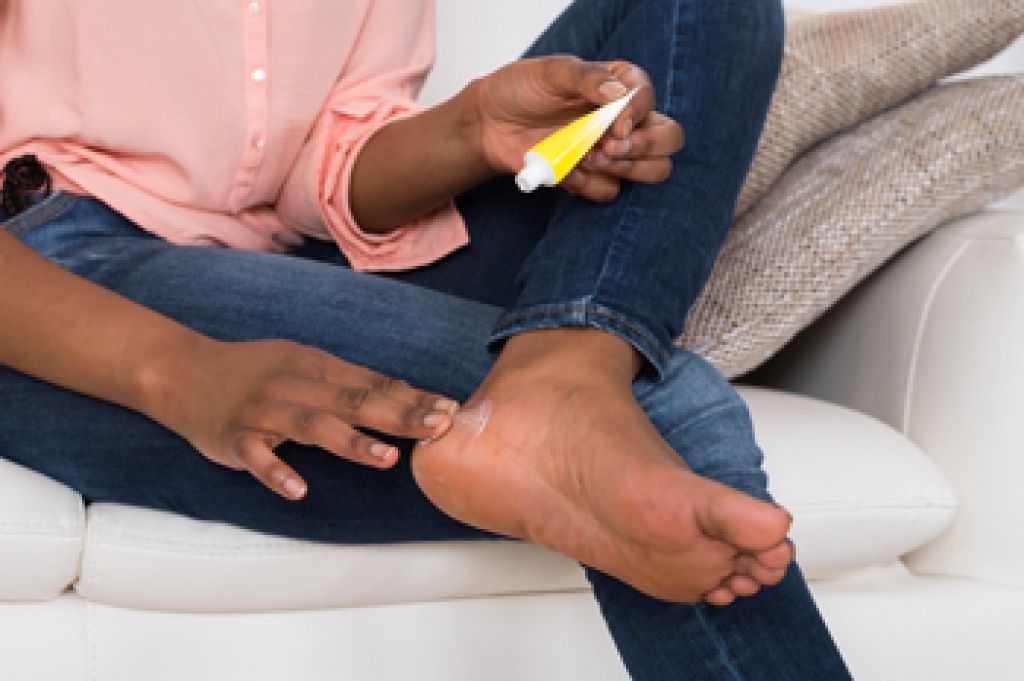Gout is a form of arthritis where excess uric acid in the bloodstream crystallizes on joints in the body. Although other joints in the body can be affected by gout, it typically occurs in the joint of the big toe. Gout flares are intense attacks of pain, inflammation and sometimes redness and warmth in the skin around the affected joint. These flare-ups often occur at night and typically last from 12 hours to a few days. People who are male, overweight, over 40, or who suffer from angina, kidney disease, diabetes, high blood pressure or psoriasis are more at risk of developing gout. Additionally, consuming sugary drinks and foods rich in purines, as well as certain medications are believed to contribute to the formation of this painful condition. If you are experiencing painful flare ups in your big toe joint and fall into one of these categories, make an appointment with a podiatrist. By taking a sample of fluid from the affected toe and performing an examination, they can determine if the cause of your discomfort is gout, and help treat it.
Gout is a painful condition that can be treated. If you are seeking treatment, contact Warren Levy, DPM from Armitage Podiatry Center. Our doctor will treat your foot and ankle needs.
What Is Gout?
Gout is a form of arthritis that is characterized by sudden, severe attacks of pain, redness, and tenderness in the joints. The condition usually affects the joint at the base of the big toe. A gout attack can occur at any random time, such as the middle of the night while you are asleep.
Symptoms
- Intense Joint Pain - Usually around the large joint of your big toe, and it most severe within the first four to twelve hours
- Lingering Discomfort - Joint discomfort may last from a few days to a few weeks
- Inflammation and Redness -Affected joints may become swollen, tender, warm and red
- Limited Range of Motion - May experience a decrease in joint mobility
Risk Factors
- Genetics - If family members have gout, you’re more likely to have it
- Medications - Diuretic medications can raise uric acid levels
- Gender/Age - Gout is more common in men until the age of 60. It is believed that estrogen protects women until that point
- Diet - Eating red meat and shellfish increases your risk
- Alcohol - Having more than two alcoholic drinks per day increases your risk
- Obesity - Obese people are at a higher risk for gout
Prior to visiting your podiatrist to receive treatment for gout, there are a few things you should do beforehand. If you have gout you should write down your symptoms--including when they started and how often you experience them, important medical information you may have, and any questions you may have. Writing down these three things will help your podiatrist in assessing your specific situation so that he or she may provide the best route of treatment for you.
If you have any questions, please feel free to contact our office located in Chicago, IL . We offer the newest diagnostic and treatment technologies for all your foot care needs.





